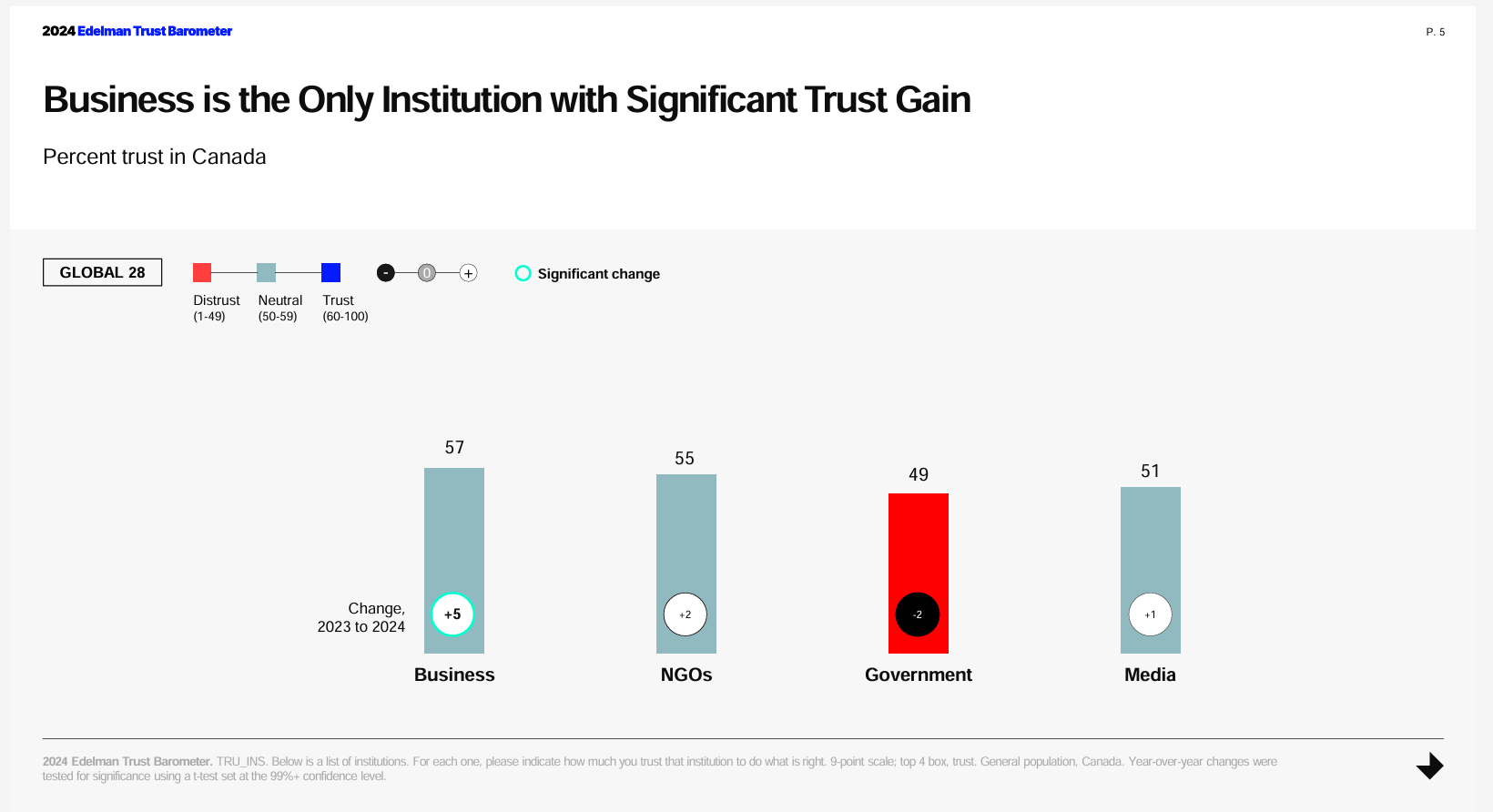
Random Notes
Several weeks ago, I was asked to comment on an opinion presented by a person who likened current government decisions to the approaches of the Nazi regime in Germany in the 1940s. The tone of the opinion seemed relatively calm, and the language was not alarming or sensationalist in tone. However, the comparison of the two situations was completely incorrect and misleading. The negative reference to Nazi Germany is one of the few things that most people are able to agree on these days. Nazi ideology and practices are bad, and those who behave like current day Nazis must also be bad. I tried to explain my concern with this illogical connection of unrelated issues, and I found myself going back to reference materials I have on hand related to classical logical fallacies.
It seems that people have been trying to use flawed and illogical thinking to try to convince others of the correctness of an opinion throughout written history. Philosophers and educators have been trying to encourage people to look critically at information they receive. We know that humans can be swayed into dangerous ideas when they are presented passionately by people they trust or admire, even when the idea is dangerous or false.
Typically, we encourage people to consider the credibility of the source of the information, determine which elements of the information are factual and identify the parts that are opinion or fiction, try to determine the bias of the person or publication presenting the information, and assess the merits of the evidence presented.
Most of us are aware that the slant you get on American news from Fox News is right wing, and the slant you get from CNN is left leaning. There are standards of ethical reporting in the world of professional journalism related to checking sources, reporting the news without bias, and double-checking information received from sources. These days with so many platforms that allow all of us to present our opinions in pod casts, posts on social media, video clips on YouTube, and dance routines on TikTok, it is no wonder that people can become confused about reliability in the information they see and read. One of my American friends says he no longer trusts mainstream media to provide correct information. He then when on to share information he had seen about the war in Ukraine that exactly mirrored the information a communist leaning acquaintance of mine was posting on Facebook. How could that be?
There are ways to train ourselves to be critical thinkers who can read or hear information and detect many of the most common logical fallacies. Logical fallacies are identified methods of using flawed reasoning and therefore they are creating false positions or arguments constructed on false premises. The study of these fallacies is often done in communications and language courses or philosophy courses in university. Many of the commonly identified fallacies retain their linkage to the history of logic through their Latin names. Personally, I find it interesting and reassuring in a way that we humans have been struggling to determine true from false since our earliest written history. Plato and Aristotle continue to be our friends in determining how to think clearly and fairly about information we receive.
This is a good time to pull out our class notes from philosophy or logic 101 and brush up on the top 10 logical fallacies and for each of us to remember why it is important to know when you see a “post hoc ergo propter hoc” (after this, therefor because of this) argument. Or maybe just stick to watching cat videos.
Trudy Schroeder provides project planning and management services to the community through Arts and Heritage Solutions.


